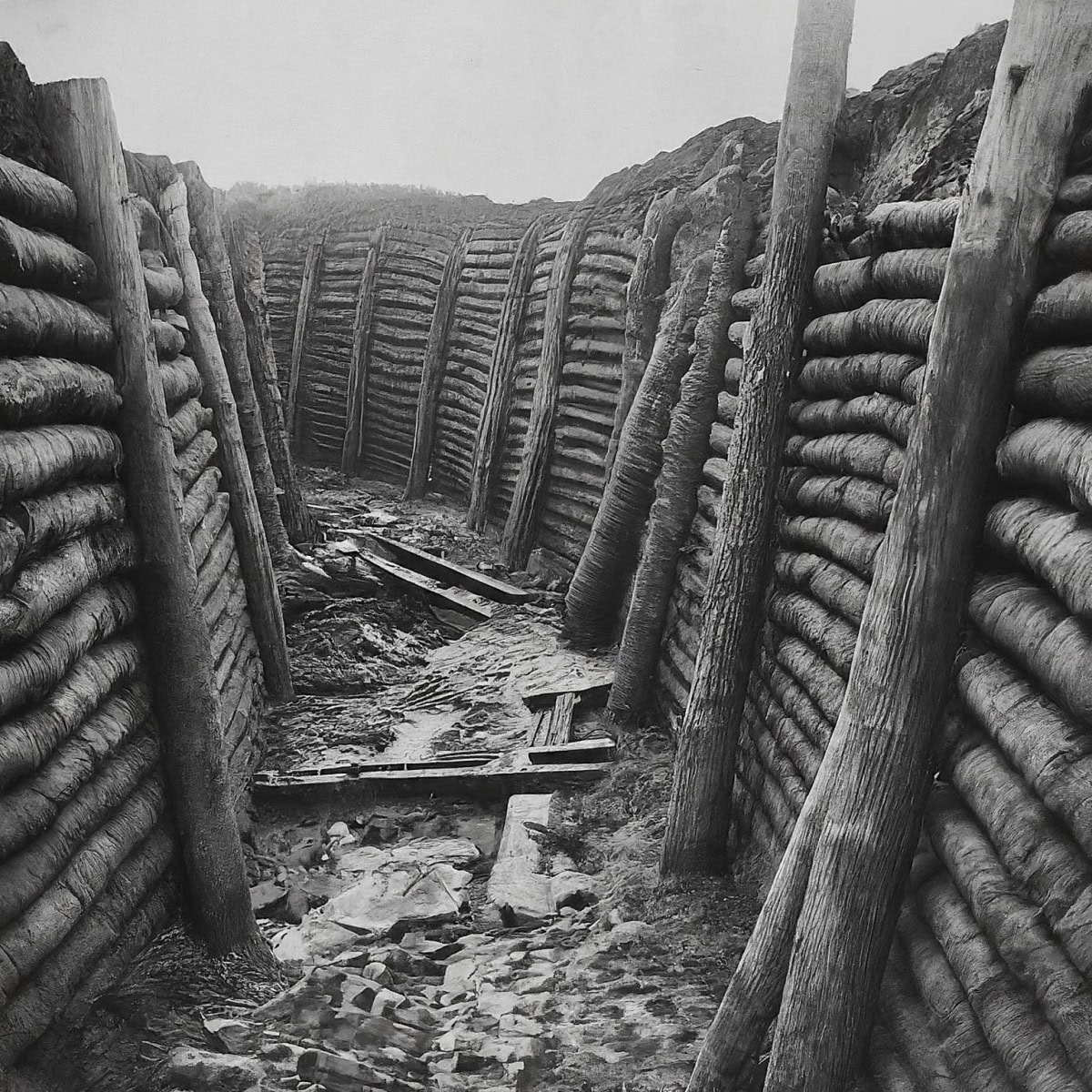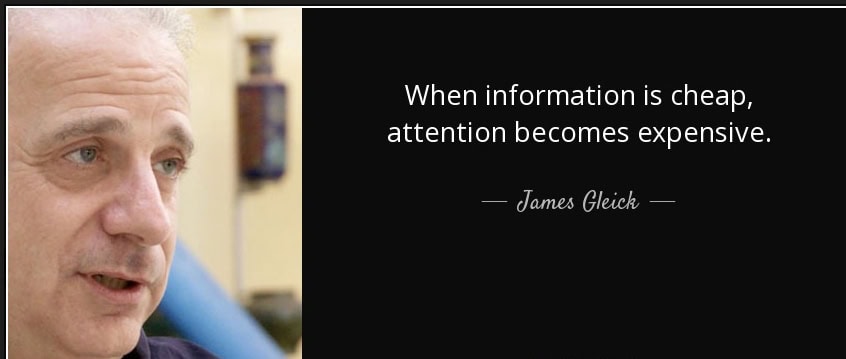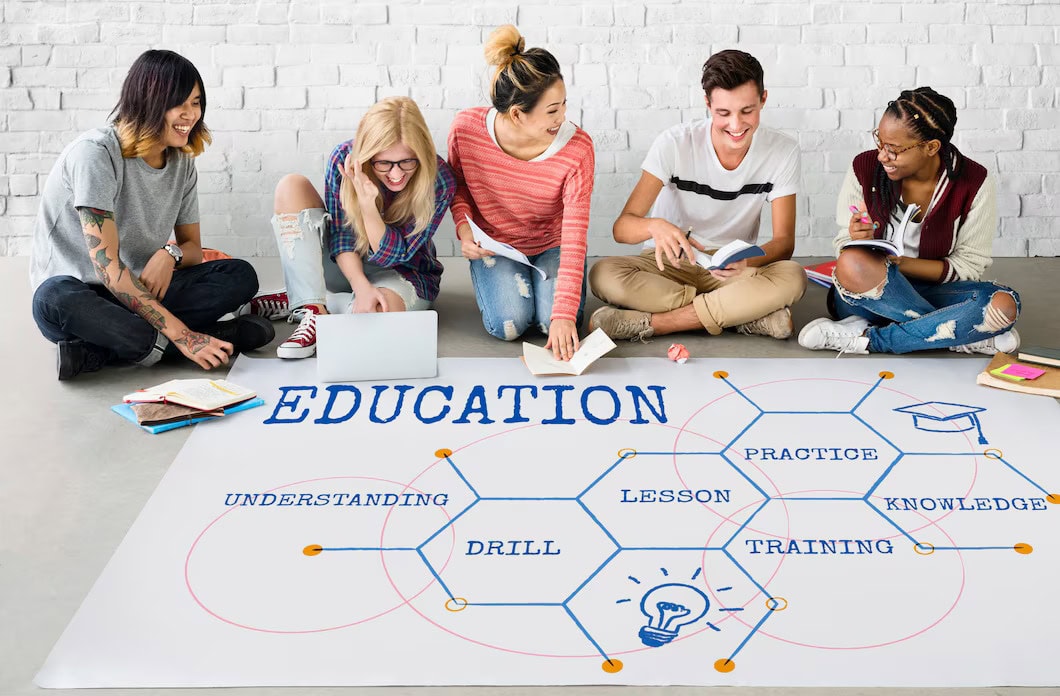Mark, a marketing professional, settles on his couch after a tiring day at work. He has two choices: pick up that course on digital marketing strategies or “Netflix” the next episode of “Stranger Things.”
Like most of us who want a respite, what do you think Mark would choose? If you can relate to this, you are not alone.
As Content Custodians in the crowded world of educational publishing, we are facing a harsh reality – we are not just competing with other publishers anymore, we are up against everything that’s vying for consumer attention. The thin line between a “learner” and a “content consumer” is now slowly fading away. When attention is the currency, everything seems like competition, from social media to streaming services to mobile games to activities.
Remember how we hid comic books inside our text books, back in the day? We NEEDED to learn but we also WANTED to have fun. Why can’t we have both?
The bottom line is, our traditional approach of “Here’s the information, now learn it” isn’t really going to remain popular among our audience.

Education and Awareness Isn’t Good Enough
There was once a time when adding color pictures to textbooks was considered evolutionary. Gone are those days. Consumers now want constant innovation and accelerated time to value.
Today’s learners, whether they are college students or professionals looking to upskill, expect content that’s not just informative, but engaging, interactive, and let’s face it – FUN!
Don’t believe me? Let’s look at some numbers:
- The average person spends over 6 hours online every day. That’s like watching “The Lord of the Rings” extended trilogy… daily. 90% of these consumers are happy to invest that amount of time.
- However, when it comes to learning, only about 2 hours per week are spent on educational activities. That’s less time than most of us spend deciding what to watch on Netflix! Right?
The harsh reality is – as content creators, we are not just in the education business anymore. We are in the attention business. And in this new world, entertainment isn’t just a nice-to-have. It’s the differentiator that will set learning experiences apart.
We’ll have far less time (think seconds) to grab, engage, and retain our learners.
“Edutainment” isn’t New, it’s just Become More Relevant
“Edutainment?” Cliched, often overused, and run down with time. Sounds like one of those fancy marketing gimmicks cooked up after one too many drinks? In today’s context, hear me out – the way we use edutainment today isn’t about dumbing down our content or turning every lesson into a game show. No, sir!
 It’s about ensuring that learning doesn’t need to be boring. It doesn’t have to feel like a thankless job or a chore that one needs to complete after a long, tiring day at work.
It’s about ensuring that learning doesn’t need to be boring. It doesn’t have to feel like a thankless job or a chore that one needs to complete after a long, tiring day at work.
Edutainment is about reinforcing learning to be an immersive experience. It’s about working towards an outcome, much like an adventure sport. And, who doesn’t love that?
Let’s add a different perspective here. Why do we binge-watch shows on Netflix but struggle to get through a 10-minute educational video? Why do we enjoy Shorts and Reels, although we know they are probably irrelevant and just a means to attract our attention.
It’s all in the presentation, and yet, we are hooked!
Time for a quick stat: students who engaged with gamified learning content showed a 14% increase in skill-based knowledge assessments compared to those using traditional methods. Whoa! that’s like getting a B+ instead of a C just by making the learning process more engaging!
Education or Entertainment – Content Formats Matter
Let’s play a quick game. Here are some content formats, and you try to guess if we are talking about education or entertainment:
- Short, punchy videos that explain complex topics in under 60 seconds.
- Interactive experiences that let you try things out in a safe, virtual environment.
- A series of lessons put together as an overarching narrative, complete with plot twists.
- A platform that adapts to your preferences, offering new/related content recommendations based on your history.
Drumroll……! If you said “both” to all, you my friend, are a star!
These are techniques used by “entertainment” platforms that we can (and should) be incorporating into our educational content.
My nine-year-old learnt more about World War II through a documentary than her textbooks. Now, as part of our curriculum, if we use an interactive timeline where we can “zoom in” on key events, watch reenactments, and even witness “what-if” scenarios, wouldn’t that make learning more fun? One more: imagine a coding course where your “mission possible” in a larger sense is to “save the world from evil AI”. These narratives sell!



Consider these a major upgrade on our regular “read this chapter and answer these questions” approach that we have been relying on, for DECADES.
The Netflix of Education is the Art of Personalization
Netflix doesn’t just throw content at you – it gets to know you. It learns your preferences, your habits, even your moods. It adapts to your personality and then it serves up exactly what you’re likely to enjoy. Get it?
Now, think of an educational platform that does the same thing, maybe a notch better. It doesn’t just adapt to your skill level – it adapts to YOU – Mark!
- A tough day at work? You first need a calming audio lesson on mindfulness techniques.
- Feeling energized and ready now? Go, have a crack at this interactive problem-solving simulation.
- Love learning through games? Here is a gamified course on SEO principles.

“CheapGPT-d” Information Won’t Cut It Anymore
How can we now touch upon the “revolutionary” Gen AI. “In today’s ever-evolving landscape” (pun intended) of Gen AI, raw information is pennies to dollars. It’s cheap, ubiquitous, and easily accessible. But our job isn’t just to provide facts – it’s to create experiences that stick.

There are disciplines that cannot be all about bookish knowledge or dry information dumps. Examples:
- Learning about marine biology? Don’t just read about coral reefs – take a virtual dive and see them up close.
- Studying architecture? Why not design and “build” your own virtual skyscraper, testing it against different environmental conditions?
- Exploring history? Step into a virtual reality of the majestic, ancient Rome and chat with AI-powered historical figures. Plato could be fun, you know.
The goal is to create content that doesn’t just inform, but inspires those “Holy s***!” moments that make learning unforgettable.
And then, there are those Dreaded Assessments
As times change, so should our archaic assessments. In this new world order of edu-tainment, we need to rethink how we measure success. Without doubt, test scores and completion rates are important, but that’s not the whole picture.
We need to start asking questions like:
- Are learners binge-watching our content like it is the latest Netflix series?
- Is there buzz about our lessons and are they talking about it on social media or related forums?
- Do they come back for more, even after they have completed a course?
- Are they actually using what they’ve learned in their real lives?
Courses that incorporated elements of gamification and social learning saw a 25% increase in student satisfaction and a 35% increase in knowledge retention.
The Future: Engagement > Edutainment > Education
The e-learning market is expected to hit $457.8 billion by 2026. The providers who can crack the code of creating educational content that is as engaging as it is informative are going to hold aces up their sleeves.

So, here we are. We can either maintain course with the tried-n-tested path of traditional educational content, or we can charter a new course combining academics with the kind of engaging and enriching experiences that keep learners hooked. We want our learners to remember and apply their learning, long after they have closed their books or logged out of their learning platforms.
And who knows, someday, we’ll get Mark to be glued to his couch on a Wednesday night, learning how to get better “inbound leads” that eventually gets him that promotion.
Now wouldn’t that be something to celebrate?

